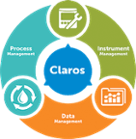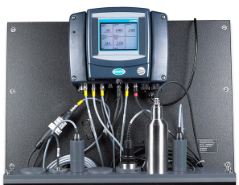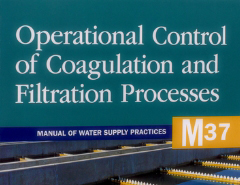Blending is the mixing of two or more source waters - including type (ground and surface) and/or origin. Blending can include a raw source water or treated water and is a strategy chosen due to water availability or to achieve certain water quality objectives. This section focuses on parameters needed when treated waters are used in blending and only parameters that affect the disinfection process.
Why test when blending source waters?

With analytical testing, you can:
- Prevent unexpected water quality issues
- Meet water quality objectives of blending
- Keep DBPs in check
- Optimize your coagulation/flocculation process
Explore Methods and Parameters
Which options are right for you?

Monitoring your source water can help your facility achieve efficiencies during the treatment process that contribute to lower operating costs and higher quality drinking water. Whatever your needs, Hach is ready to help with information, technology, and support.
Explore the various parameters and methods involved when monitoring blended source waters below.
Additional Resources
The benefits of an integrated panel for source water monitoring
Monitoring source water not only gives an early indication of potential problems, but also provides information to optimize treatment plant performance. Learn how an integrated panel will improve your monitoring process.
LEARN MORE
Purchase the AWWA Manual on Coagulation and Filtration Processes
This AWWA Manual of Water Supply Practices is designed to help you keep your treatment plant’s coagulation and filtration processes operating at optimum efficiency.
LEARN MORE
Purchase the Water Treatment Operator's Training Handbook
AWWA's most popular training handbook for water treatment operators, this
handy guide provides a complete introduction to water treatment operations and equipment. It's an excellent resource when studying for your certification exam.
LEARN MORE
Select the attributes below to find the right blended water product for you.
Compare our different products used for various applications by exploring the resources and options below.





 Recurring Orders
Recurring Orders 







